What is a Gum Abscess?
A gum abscess is a localized infection occurring within the gums, characterized by the accumulation of pus. This condition typically arises due to a bacterial infection that develops when bacteria infiltrate the soft tissues surrounding the teeth. The infection can result from untreated gum disease, dental caries, or trauma to the gum area. As the infection progresses, it can lead to the formation of a pus-filled cavity, which manifests as a swollen, tender lump on the gums.
The anatomical structures involved in a gum abscess include the gums, the roots of the teeth, and the surrounding soft and hard tissues. The gums play a crucial role in supporting the teeth and acting as a barrier against pathogens. In cases where oral hygiene is compromised, bacteria can penetrate the gum tissue, leading to an inflammatory response that manifests as an abscess. The tissues affected may include the periodontal ligaments, which help hold the tooth in place, and the alveolar bone, which supports the tooth root.
If left untreated, a gum abscess can have serious implications for oral health, potentially leading to tooth loss and the spread of infection to adjacent areas. Individuals may experience symptoms such as severe pain, swelling, and sensitivity in the affected area, which can impact daily activities like eating and speaking. Additionally, systemic symptoms such as fever may occur as the body fights the infection. It is essential to recognize the signs of a gum abscess and seek prompt treatment to alleviate symptoms and prevent further complications, emphasizing the importance of oral hygiene and regular dental check-ups in maintaining overall dental health.
Symptoms of a Gum Abscess
A gum abscess is an infection that can lead to various distressing symptoms. Recognizing these symptoms early is crucial for prompt treatment and the prevention of further complications. One of the most common signs is swelling in the affected area. This visible swelling can often be accompanied by redness, which indicates inflammation surrounding the gum tissue. The swelling may be localized or, in more severe cases, it can extend to adjacent areas, affecting the entire jaw.
In addition to swelling, individuals may experience significant pain, which can range from mild discomfort to severe, throbbing sensations. This pain is usually persistent and may worsen when chewing or applying pressure to the affected side. Tenderness is also prevalent; a gentle touch may elicit pain, making it uncomfortable to maintain normal oral hygiene practices. Moreover, a gum abscess can sometimes lead to the development of pus, resulting in a noticeable lump filled with fluid that can rupture, releasing foul-smelling material.
Another indicative symptom of a gum abscess is halitosis, or bad breath, which is often a result of the bacterial infection present in the gums. This type of breath odor can be persistent and difficult to mask, signaling the need for dental evaluation. Fever and general malaise may also accompany a gum abscess, indicating that the body is fighting an infection. These systemic symptoms highlight the potential severity of the condition and the need for immediate professional intervention.
Ultimately, recognizing these symptoms as early as possible is vital. An early diagnosis allows for timely treatment, which can prevent further complications and promote recovery. If you experience any signs of a gum abscess, it is advisable to consult a dental professional promptly.
Causes of Gum Abscess
A gum abscess, characterized by a collection of pus that forms in the gums, can arise from various underlying issues. Among the primary causes, poor oral hygiene is often prominent. This can result in the accumulation of plaque and bacteria, eventually leading to infections that manifest as abscesses. Neglecting daily oral care routines, such as brushing and flossing, contributes significantly to the health of the gums and teeth. Without proper care, the likelihood of gum infections increases, creating an environment ripe for abscess formation.
Periodontal disease, another significant factor, encompasses a range of inflammatory conditions affecting the supporting structures of the teeth. As this disease progresses, it destroys the gum tissue and bone, creating pockets that can become infected. These infections may then develop into abscesses, causing pain and discomfort. Individuals with existing periodontal issues are especially susceptible to the formation of gum abscesses if they do not maintain regular dental check-ups and appropriate oral hygiene practices.
Tooth decay, a prevalent dental challenge, also plays a crucial role in the development of gum abscesses. The decay can penetrate deeper into the tooth, reaching the pulp, which in turn can lead to infection that spreads to the gums. This process underscores the importance of early detection and treatment of cavities to prevent more severe complications.
Additionally, certain risk factors can elevate an individual’s chances of developing a gum abscess. For example, smoking has been shown to impair blood flow to the gums, weakening their defenses against infections. Similarly, individuals with diabetes may experience delayed healing responses and heightened susceptibility to infections, including those in the gums. Understanding these causes and risk factors is essential for effective prevention and treatment of gum abscesses.
Diagnosis of a Gum Abscess
The diagnostic process for a gum abscess is critical for timely and effective treatment. Healthcare professionals typically begin by conducting a thorough clinical examination. During this examination, the dentist will assess the affected area by examining the gums for signs of swelling, redness, and tenderness, which are characteristic symptoms of a gum abscess. The dentist may also inquire about the patient’s medical history and any specific symptoms, such as pain or discomfort in the jaw, which can help in determining the severity and location of the abscess.
In addition to the clinical examination, dental X-rays play a significant role in the diagnosis of a gum abscess. These imaging techniques allow the dentist to visualize the internal structures of the jaw and identify any underlying issues, such as bone loss or the presence of pus. X-rays can reveal the extent of the infection and whether it has spread to surrounding tissues. This information is invaluable in guiding treatment decisions, as it helps in assessing whether a simple draining procedure would suffice or if more extensive interventions are necessary.
Moreover, symptom evaluation is critical in diagnosing the severity of a gum abscess. Patients often report symptoms such as throbbing pain, swelling, or a bad taste in the mouth, which are essential for gauging the urgency of treatment. The intensity and duration of these symptoms can indicate whether the abscess is acute or chronic and help the dentist formulate an appropriate treatment plan. Overall, a combination of clinical examination, dental X-rays, and thorough symptom evaluation ensures an accurate diagnosis of a gum abscess and sets the stage for effective treatment.
Treatment Options for Gum Abscess
A gum abscess is a localized infection that can cause significant discomfort and requires prompt attention to prevent further complications. The treatment options for a gum abscess vary depending on the severity of the condition and its underlying causes. It is crucial to address both the symptoms and the root of the infection.
Initial home care remedies can be an effective first step in managing a gum abscess. Rinsing the mouth with warm salt water can help reduce pain and inflammation. This simple solution aids in drawing out fluid from the abscess and promotes drainage. Additionally, over-the-counter pain relievers, such as ibuprofen or acetaminophen, may be used to alleviate discomfort temporarily. However, these remedies are supportive and should not replace professional medical attention.
For more severe cases, or when home care does not yield improvement, professional treatment options become necessary. A common procedure for managing a gum abscess is drainage. A dentist will make a small incision in the abscess to release the pus, alleviating pressure and pain. This procedure is typically followed by thorough cleaning of the affected area to minimize the risk of recurrence.
Antibiotics are often prescribed to combat the bacterial infection that led to the abscess. These medications work to eliminate bacteria and prevent the infection from spreading to other areas of the mouth or body. It is essential to complete the full course of antibiotics as directed by a healthcare provider to ensure the infection is entirely resolved.
In some instances, more invasive surgical interventions may be necessary, particularly if the gum abscess is recurrent or linked to periodontal disease. Procedures such as gum surgery or root canal treatment might be required to address the underlying issue and preserve oral health. Regular dental check-ups are crucial for early detection and management of any potential problems.
Post-Treatment Care for Gum Abscess
Post-treatment care following a gum abscess is crucial for ensuring a successful recovery and preventing recurrence. The primary focus during this period should be on maintaining optimal oral hygiene. This includes brushing teeth at least twice a day with a fluoride toothpaste and flossing daily to remove plaque and food particles that can lead to new infections. It is advisable to use an antimicrobial mouthwash to further reduce bacteria in the oral cavity, aiding in faster healing.
Additionally, it is essential to adhere to follow-up appointments with dental professionals. Regular check-ups enable dentists to monitor the healing process and address any concerns that may arise. These visits are vital, especially if the initial treatment involved surgical drainage or more intensive interventions. Prompt professional evaluation can help identify any complications early, allowing for timely management and reducing the risk of further issues.
Incorporating specific lifestyle changes can also diminish the probability of developing another gum abscess. A balanced diet rich in vitamins and minerals promotes oral health. For instance, foods high in calcium and Vitamin C can strengthen gums and teeth. Reducing sugar intake is equally important, as sugar promotes the growth of harmful bacteria within the mouth. Furthermore, habits such as smoking should be addressed, as they can significantly impair gum health and slow down the healing process.
Pain management during recovery is vital for patient comfort. Over-the-counter pain relievers, as recommended by a healthcare provider, may help alleviate discomfort. In conjunction with medication, applying a cold compress to the cheek can reduce swelling and provide relief. It is important to follow all post-treatment instructions carefully to enhance recovery and support overall oral health.
When to See a Dentist
Recognizing the appropriate time to seek dental care for a gum abscess is crucial. This type of dental emergency can escalate quickly, leading to more severe complications if left untreated. Symptoms indicating the need for immediate dental attention include severe pain that does not subside with over-the-counter medications, swelling in the gums or surrounding facial areas, and the presence of pus or discharge from the affected site. These indicators suggest that the infection may be worsening, necessitating urgent care.
In addition, individuals should be alert to systemic symptoms such as fever, chills, or persistent bad breath, which may accompany a gum abscess. These signs typically signify that the infection could be spreading beyond the local area and may require intervention to prevent more serious health risks. As the body tries to fight the infection, it is essential to deal with the underlying cause to avoid the possibility of abscesses forming in other locations.
Furthermore, if individuals notice any sudden changes in their dental health, such as loosened teeth or changes in biting sensation, it is imperative to consult with a dental professional without delay. Delaying treatment can lead to complications such as dental cellulitis, bone infection, or even systemic infections that may require hospitalization.
Proactive monitoring of oral health and recognizing these warning signs can significantly reduce the risk of complications associated with gum abscesses. Regular dental check-ups also play a vital role in early detection and management of potential issues before they develop into more serious conditions. By emphasizing the importance of timely intervention, individuals can safeguard their oral and overall health.
Best Clinics for Gum Abscess Treatment in Istanbul
Istanbul is home to numerous dental clinics that specialize in treating gum abscesses. Among these, Dr. Abdulrahman Ozturk’s clinic stands out for its exceptional reputation and comprehensive services. With a focus on both prevention and treatment, the clinic employs advanced techniques and state-of-the-art technology to ensure optimal patient outcomes.
Dr. Ozturk’s clinic offers a range of services tailored to address gum-related issues, including routine check-ups, periodontal treatments, and complex surgical interventions for abscesses. Patients can expect a thorough examination to assess the severity of their condition, followed by a personalized treatment plan. The clinic prides itself on its patient-centered approach, ensuring that every individual receives the care and attention necessary for effective recovery.
Furthermore, the clinic is equipped with modern facilities and implements the latest advancements in dental practices. This promotes not only efficiency but also comfort during treatments. Patients can look forward to a welcoming environment where their concerns are addressed compassionately. Dr. Ozturk and his team prioritize patient education, equipping individuals with the knowledge needed to maintain optimal dental health post-treatment.
In addition to Dr. Ozturk’s clinic, other notable facilities in Istanbul for gum abscess treatment include clinics with specialized dental teams and various services from conservative treatments to surgical interventions. Checking reviews and testimonials can assist prospective patients in making informed decisions regarding their dental care.
Overall, those seeking exceptional dental care in Istanbul, particularly for gum abscesses, will find that the city offers a variety of reputable clinics. With the right treatment, patients can achieve both relief and lasting health for their gums.
Patient Experiences and Testimonials
Patients seeking treatment for gum abscesses often share their experiences, reflecting on the quality of care they received at the featured clinics in Istanbul. Many individuals report a sense of relief upon arriving at the clinic, highlighting the professionalism and welcoming atmosphere. For instance, one patient noted that the team took the time to listen to their concerns, creating a reassuring environment that alleviated their anxiety about the procedure.
The testimonials frequently underscore the importance of effective communication between healthcare providers and patients. A common theme among the reviews is the clear explanation of the treatment process before it began, which helped patients feel more informed and at ease. A patient who underwent drainage of a gum abscess shared how the dentist not only addressed the physical aspects of their condition but also ensured they understood the subsequent care required for recovery.
Many patients have expressed satisfaction with the outcomes of their treatments, noting significant relief from pain and other symptoms associated with gum abscesses. For example, one individual praised the clinic for providing an efficient and thorough treatment that addressed their abscess, stating that they experienced noticeable improvements within a short period. The timely response to concerns and post-treatment care also received commendations, reinforcing the commitment of the healthcare providers to patient well-being.
Overall, patient testimonials illustrate a positive trend in experiences related to gum abscess treatment in Istanbul clinics. Satisfaction rates tend to be high, with many individuals expressing gratitude towards their healthcare providers for the pre-and post-treatment support they received. This feedback serves as a valuable resource for prospective patients seeking assurance about the level of care they can expect when seeking relief for their conditions.

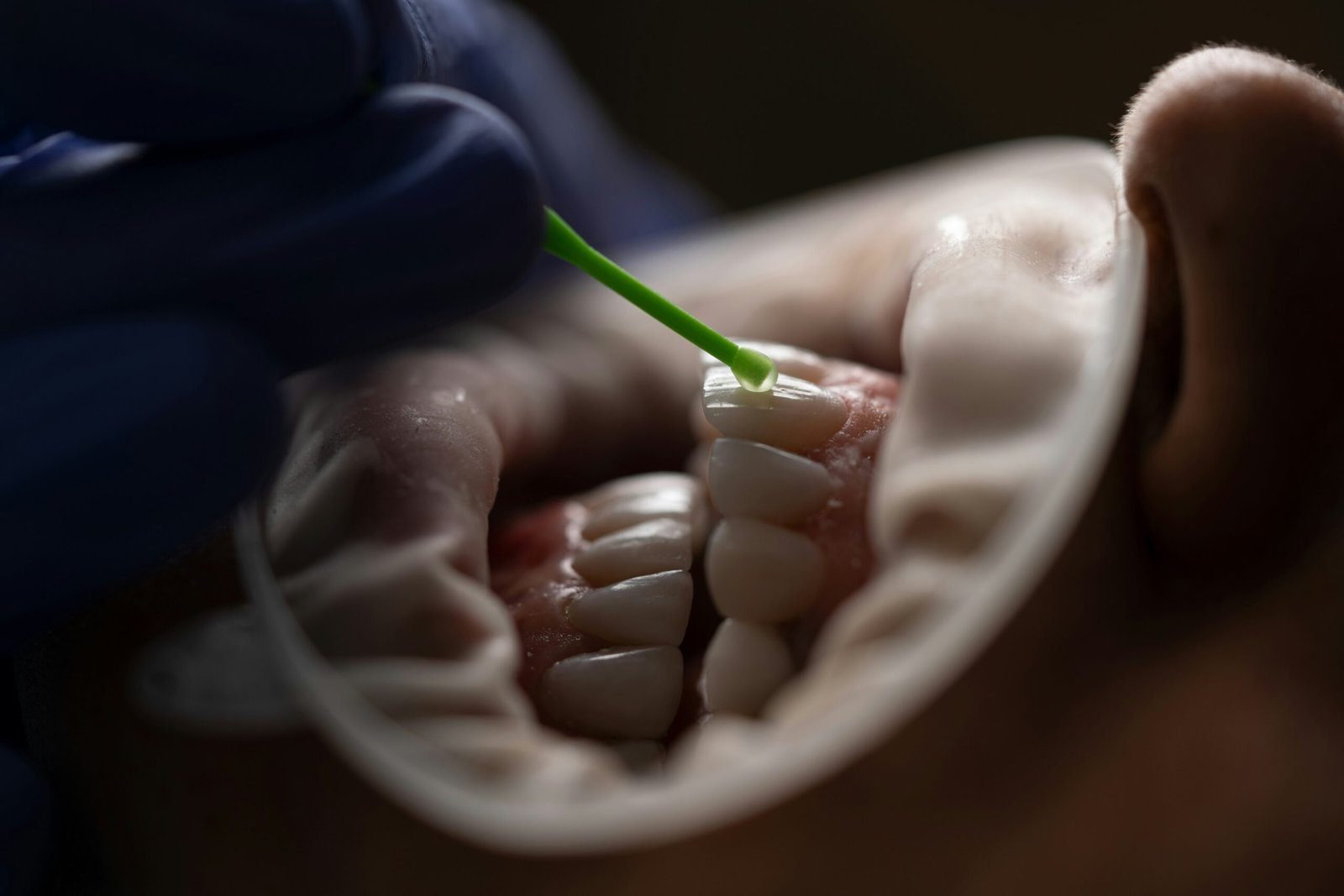
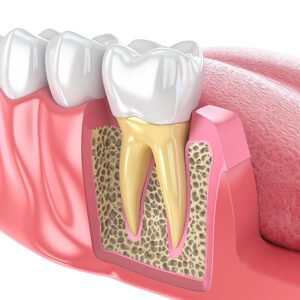


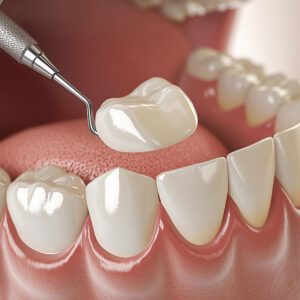
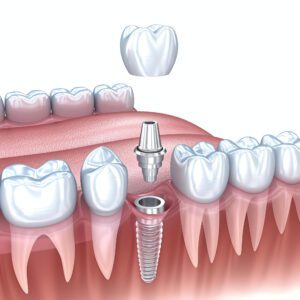

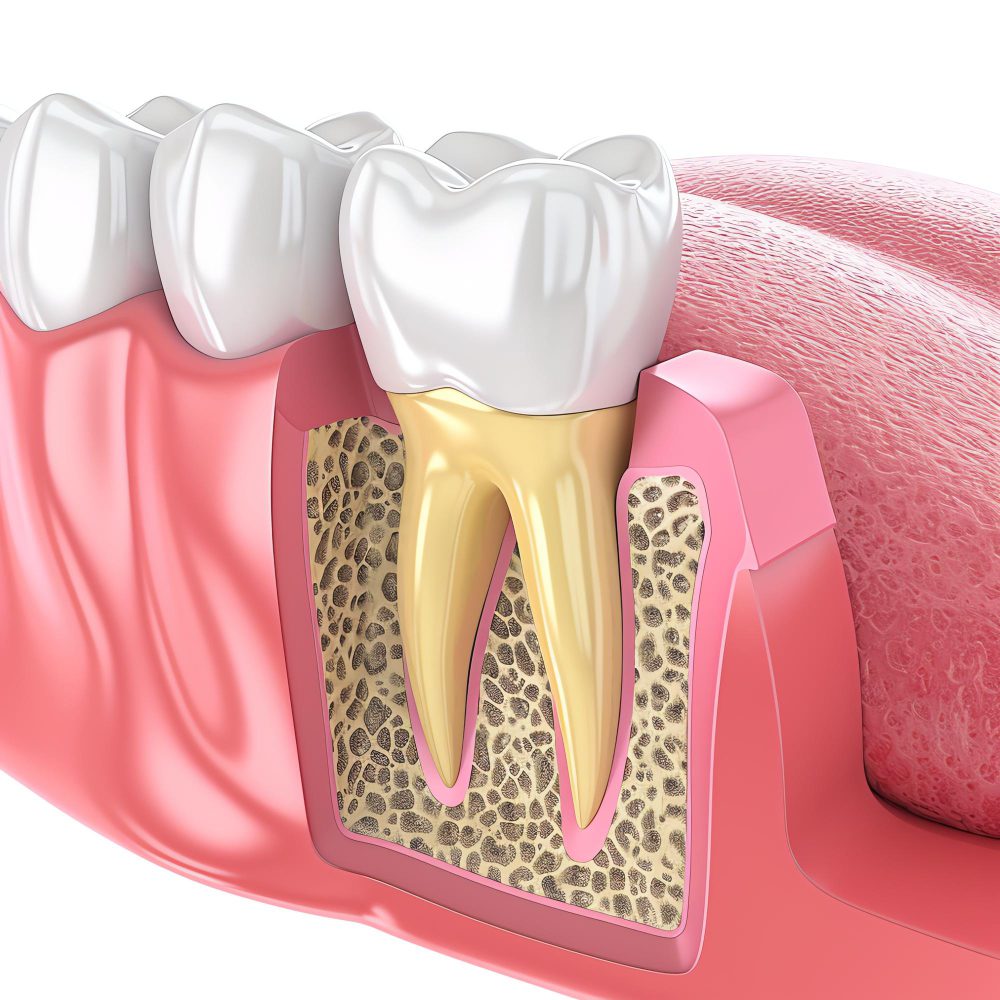





One Response